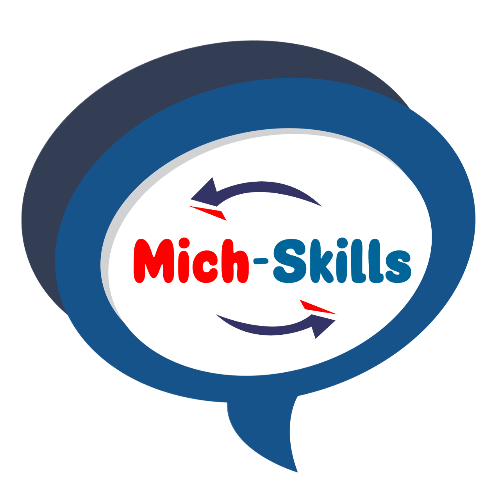INFORMATION SHEET 2.2-1
Recognition of Prior Learning
Before starting training, you should recognize prior learning of your trainees so that skills previously learned will not be trained anymore. Training should focus on the things that are not yet known by the trainee. This will make CBT more interesting to your trainees.
Recognition of Prior Learning
Recognition of Prior Learning (RPL) refers to the acknowledgement of skills and knowledge held as a result of formal training, work experience and/or life experience.
Recognition of prior learning or experience is a form of assessment used to determine whether a person has achieved, through informal and formal learning and experience, the required competence for entry and/or credit in a recognised course or training program. (Rumsey 1994, p.15)
RPL is an essential component of competency-based training. It focuses on current competency standards gained by individuals through:
- Work experience
- Life experience
- Formal training
- Informal training
Advantages of RPL
- RPL allows you to complete formal education in a shorter period of time and at less cost.
- RPL means that you do not have to repeat or waste time learning what you have already learned.
- RPL increases your career and education options through recognized skills and knowledge.
- RPL allows for fairer access to studies that you wish to undertake.
Evidences for RPL
A trainee needs to provide sufficient evidence of his knowledge and skills by submitting relevant documents and/or materials. The integrity of the RPL process cannot be compromised, therefore the burden is on the trainee to supply as much evidence as possible but it is with the trainer to confirm trainee’s competence.
Evidence could consist of any or all of the following:
- formal statements of results
- examples of work or resources which you have produced
- performance appraisal reports
- references from current or previous employers
- position descriptions/job role
- details of formal training, seminars, conferences and workshops you have attended
- which are relevant to this qualification
- certificates of participation/achievements/awards/letters of commendation
- video tapes, tape recordings and/or photographs of work activities
- specific details of work and/or participation in projects
- written testimonials from managers or colleagues
- written validation from workplace supervisor
- documented workplace demonstration
RPL assessment
The process includes an assessment of skills and knowledge against the elements and performance criteria of the relevant unit. Trainee’s competence will be assessed against the following six criteria.
- Authenticity Does the trainee have evidence of his skills and knowledge? (Include formal qualifications, position descriptions, references and any other material to support the claim. The evidence must be authenticated by the appropriate authority.)
- Currency Are the skills and knowledge used in the work force now?
- Quality Are the skills and knowledge at a standard appropriate for current requirements as per Competency Standards?
- Relevance Are the skills and knowledge relevant to the particular qualification?
- Transferability Are the skills and knowledge gained elsewhere relevant to the particular qualification?
- Validity Can the applicant demonstrate a skill required for the course? (This may be necessary for practical units.)
The perceived benefits of RPL for participants:
- formal recognition of work and life skills
- elimination of redundant learning
- reduction in time spent in college
- boosted self-esteem
- more rapid access to higher paid and higher status jobs
The perceived benefits for the Training Institution:
- avoid wasting resources on retraining students who already
- possess relevant skills and experience
- maximising places for those people who need training
- in the longer term, closer liaison with industry
The perceived benefits for employers:
- speedier training of employees
- continuity of staff
- more effective and efficient use of skills in the industry resulting in a balance between labour supply and demand
- employees’ study leave requirements and time away from the workplace being kept to a minimum
